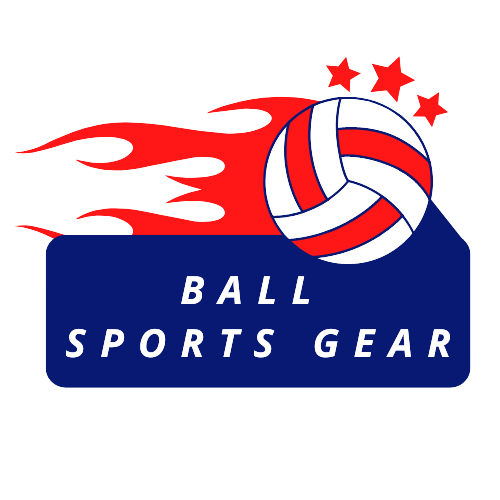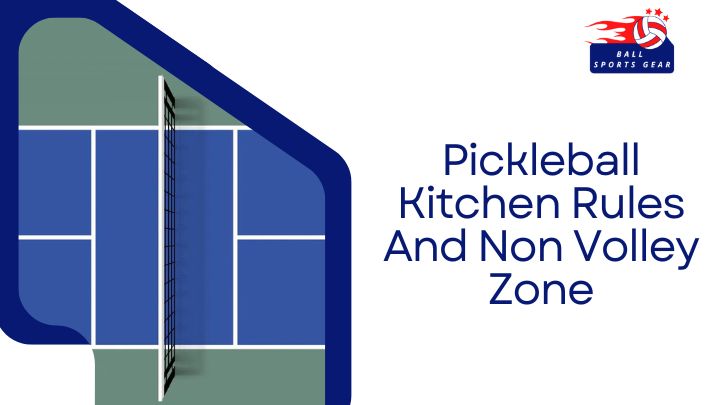Non volley zone pickleball or Pickleball rules kitchen are easily the most infamous rules in the sport. Besides being funny, it’s also one of the best. When someone volleys a ball (hits it in mid-air) while they are in the kitchen (which is a fault), it’s “Kitchen!” all at once, accompanied by an uproar of “Ohhhh!” or laughter.
You can find a quick answer in the pickleball rules kitchen states that you cannot touch the kitchen zone or line while volleying. There is no problem including your partner as an object that is physically connected to you. This also consists of the momentum that landed you in the kitchen after volleying a ball.
What Is the Kitchen in Pickleball?
What is The kitchen in Pickleball? officially known as the pickleball non volley zone(NVZ), is defined by a line parallel to the net and 7 feet from the net on both sides of the net and runs to each of the two sidelines. The lines are part of the kitchen.
The concept of the kitchen is to eliminate the “smash” type of hits that you find in other sports such as Tennis, badminton, squash, and racquetball. A smash hit close up at the net inevitably ends the play by putting the opponent at a disadvantage because of the complex, fast crash.
The original inventors of Pickleball, Joel Pritchard, Bill Bell, and Barney McCallum, wanted the game to be a game that was easy enough for most people to play and one where the ball could be hit with pickleball paddles, without the worry of a constant spray of hard hits that interrupt play.
Consequently, they introduced the concept of a “dink” hit: gently lob the ball over the net from up close, from the kitchen zone (if the ball bounced), or from behind the lines. There can be a lot of strategy and excitement in a pickleball game when there is a “dink” rally.
The Pickleball kitchen rules emphasize that it’s not about the space above the ground but the physical environment. The government does not prohibit you from standing outside the kitchen (not on the kitchen line) and hitting a volley shot with your pickleball paddle over the kitchen zone.
The Facts and Rules of Pickleball
My goal is to explain the kitchen’s basics to beginners. Those of you who are advanced players can continue reading! You may still need to learn a few extra details about the kitchen! Many players are under the impression that there is only one kitchen rule to be concerned with. The situation is more complex than that, however.
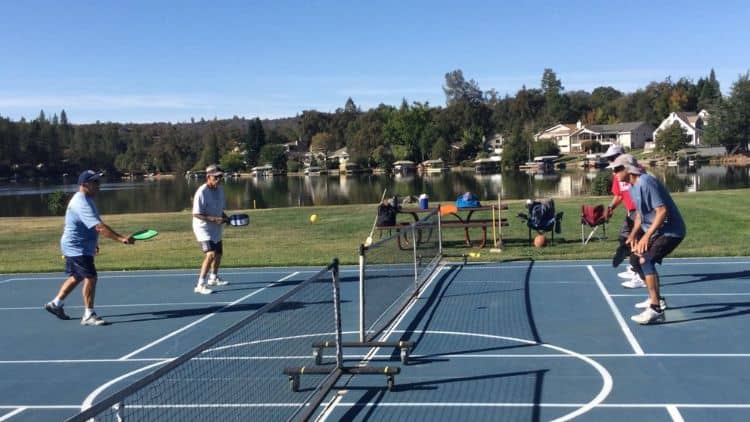
5 Important Pickleball Kitchen Facts
- Informally, kitchens are called Pickleball Non Volley Zones (NVZ) but are more commonly called kitchens. I will call it the kitchen.
- A kitchen court has a 7-foot-deep area on both sides of the net that extends the width of the court. You will find it on either side of the net.
- There are 2 inches of thickness on all kitchen lines and on all pickleball court lines. This is something you should understand very clearly.
- The kitchen rule exists to prevent players from hitting the ball directly over the net. Without the government, a pickleball match or game would be challenging to play pretty reasonably, rather than smashing the ball into your opponent’s racket over the net.
- The ground is the kitchen, not the spaces above it. Having your paddle over the kitchen line when volleying a ball is legal, but you cannot touch the line or stand inside the kitchen while doing so.
Pickleball Kitchen Rules Summary
In essence, the pickleball kitchen rules state that players cannot:
- Being in the kitchen or touching the kitchen line is not allowed.
- It can involve any part of their body or object they come into contact with, whether touching the kitchen line or physically being in the kitchen with their partner or paddle.
- Hit the ball by swinging, following through, or touching the kitchen line. Because your paddle sits above the ground, you do not have to worry about hitting the ground when you hit a volley.
- The kitchen rule states that you must remain behind the kitchen line and out of the kitchen area.
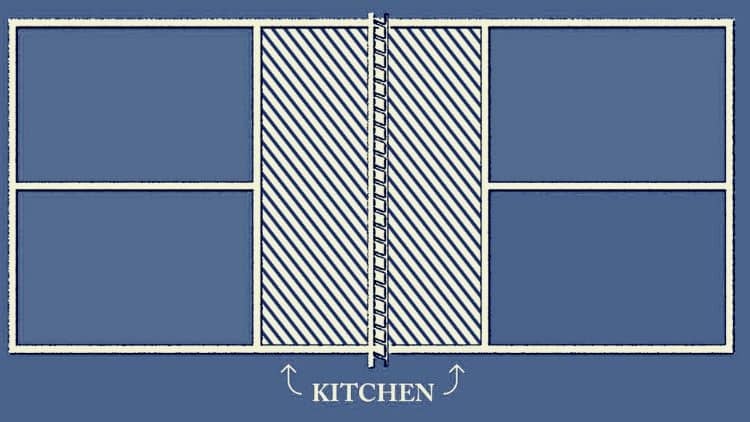
Explanation of Pickleball Kitchen Rules
If you want to learn more about pickleball kitchen rules, detailed explanations of the kitchen rules are included in the USAPA Rule Book.
- Rule 9. A: The pickleball non volley zone is the only place where volleys can be initiated. Users of wheelchairs may encounter non volley zone pickleball contact when they use their front wheels. This one seems clear to me. To volley the ball, players must stand outside the kitchen without touching or being inside the kitchen line. As you read, it becomes more complicated, even though it initially seems simple.
- Rule 9. B: While playing volleyball, touching the non volley zone pickleball is an offense if this is done by the volleying player or by any objects in contact with the player.
- 9.B.1. In volleyball, swinging, following through, and gaining momentum are all part of the action.
- 9.B.2. A volley fault occurs if the paddle touches the pickleball no volley zone before or after contact with the ball. It’s tricky. This rule says you cannot volley with your feet in the kitchen or on the kitchen line. Your paddle, hands, etc., are all considered part of your body. You have committed a fault by dropping your paddle or anything else in the kitchen afterward.
- Rule 9. C: In the case of momentum, the player may touch anything in the pickleball no volley zone, including themselves.
- 9.C.1. When the ball is declared dead before the player reaches the zone, it is considered dead. No doubt, this is a grave matter. Stay away from the kitchen. Whenever possible. You don’t have to worry about bounced balls unless you know they have landed. Putting your paddle in the water after losing your balance during a volley or landing in the kitchen is a fault. Furthermore, if it’s dead, it’s a problem.
- Rule 9.D: A player may not return a volley if their feet are in the non-volley zone or the non-volley site is being touched. The non-volley area cannot be entered by standing in it, jumping to hit a volley, and landing outside it. Enter the kitchen only after the ball has bounced. Therefore, volleying cannot begin or end in the kitchen, and landing outside is prohibited. That is a mistake. We are repeating ourselves a lot. Whenever you volley the ball, ensure both feet are on the ground and that you have moved outside before you start the move.
- Rule 9. E: In non-volley zones, players can enter at any time but during a volley.
- Rule 9. F: If a bounced ball is returned to the pickleball no volley zone, a player may enter it.
- Rule 9. G: To resume play after a bounced ball, the player can remain inside the non-volley zone. Players do not violate the non-volley site if they do not exit the non-volley area after hitting a bounced ball. That’s right, we’re repeating it. Stay out of the kitchen if you don’t see the ball jump.
- Rule 9. H: In this situation, there is no violation if the ball is returned to the partner while standing in the non-volley zone. Knowing this is a good idea. In our experience, some players believed that both players should stay away from the kitchen when a volley shot was hit. In the kitchen, a player who is not hitting the ball can be as long as they do not come into contact with a player who is in the kitchen.
What Is the Non Volley Zone In Pickleball?
Many people new to pickle ball kitchens may wonder about the Non-Volley Zone and its rules. Those who are vaguely familiar with the game will have heard the term “Non-Volley Zone.” Here, we will examine what a Non-Volley Zone on a pickleball court is, how it functions, and what the pickle ball kitchen rules say about it.
Why does the Non-Volley Zone exist?
A Non-Volley Zone was created to prevent players from dominating the game through offensive net play. Because the dimensions of a Pickleball Court are much smaller than Tennis, skilled players could repeatedly smash volley shots while standing at the net and remove rallies from the game almost entirely.
Furthermore, a fast player could react to lob shots in time to return anything over their head. Considering the court’s vertical size of 22 feet, you are talking about a quick way to run. So, the Non-Volley Zone – aka – The Kitchen was created and solidified as part of the pickle ball kitchen.
The creators of the game, Joel Pritchard, Bill Bell, and Barney McCallum, knew that creating the Non-Volley Line would benefit the sport and its players at all levels, from amateur to professional.
The sizing of the court combined with the NVT is why older players can remain highly competitive, as it emphasizes skill and finesses instead of raw strength and speed.
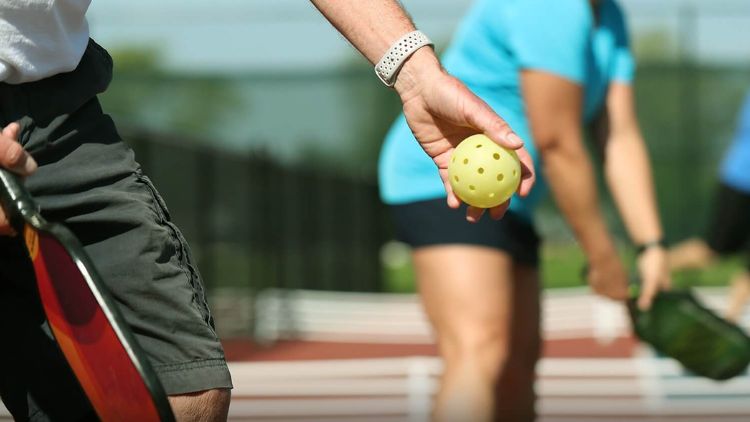
No Volleys in the Non-volley Zone
You are not permitted to volley the Pickleball within or relative to the zone (also known as the Kitchen line). In Pickleball, a volley means hitting the ball out of the air without bouncing it. Volleyball may only be played outside the Non-Volley Zone. It is, therefore, appropriate to call it the Non-Volley Zone.
When the player is volleying the Pickleball (hitting it out of the air without it bouncing), the key is to determine if the player is touching the Non-Volley Zone (or feeling anything that has contact with it) at any point during the action. If so, the player would have committed a fault by contacting the Non-Volley Zone during the show of striking a volley, and the team or player that committed the fault would lose. Additionally, if a tournament were being played, the referee would shout their favorite words – “Foot fault!”
In hitting a volley, you can contact the Non-Volley Zone in several ways. These include:
- In the front of hitting a volley, stepping, or standing in the non-volley zone (including the line between the non-volley zone and the non-volley zone);
- If you make contact with anyone or anything that is touching the Non-Volley Zone (for example, your partner standing in the Non-Volley Zone) while you are hitting a volley;
- When you hit a volley, you drop your paddle, hat, sunglasses, or another article into the Non-Volley Zone (for example, you hit a volley and drop your paddle or your hat into the Non-Volley Zone);
- You contact the Non-Volley Zone with your paddle during your volley motion, either before or after making contact with the Pickleball (for example, you hit a volley and follow through your swing so that your paddle touches the Non-Volley Zone); or
- Non-Volley Zone Fault | Pickler Pickleball
FAQS
A service must clear The Kitchen on both sides of the net and land in the appropriate service box to be considered excellent and in play. Removing all 14 vertical feet of the Non-Volley Zone will cause a fault.
Suppose the ball lands in the kitchen after being successfully returned by your opponent to your side of the court. In that case, it is in your best interest to return the ball with a backhand, forehand, or overhead smash, provided the ball bounced high enough to try and win the point.
That’s an interesting question, and we are going to have to research faking hits with a Volley Motion and get back to you.
Your service must land in the appropriate service box and clear the kitchen. It would help if you played serves that touched the net and landed in the proper service court; there are no lets. You cannot volley in the kitchen.
Conclusion
Yes, we hear ourselves saying it over and over again. It is always a good idea to stay away from the kitchen. Unless you know the ball has bounced, it is impossible to tell whether it has. There is no doubt that Pickleball’s kitchen rule is one of the trickiest and most misunderstood in the game. There is no doubt that Pickleball’s kitchen rule is one of the toughest and most misunderstood in the game. If you want to learn more about rules you can also read about Pickleball rules doubles and pickleball rules scoring.
